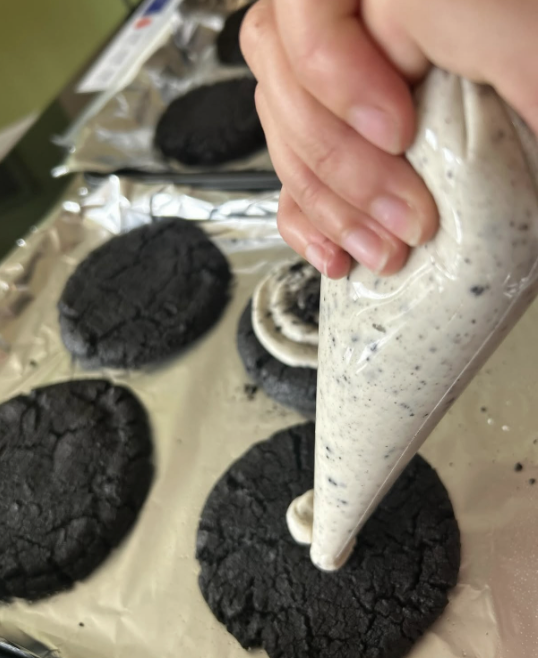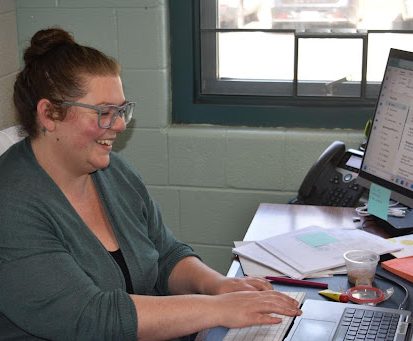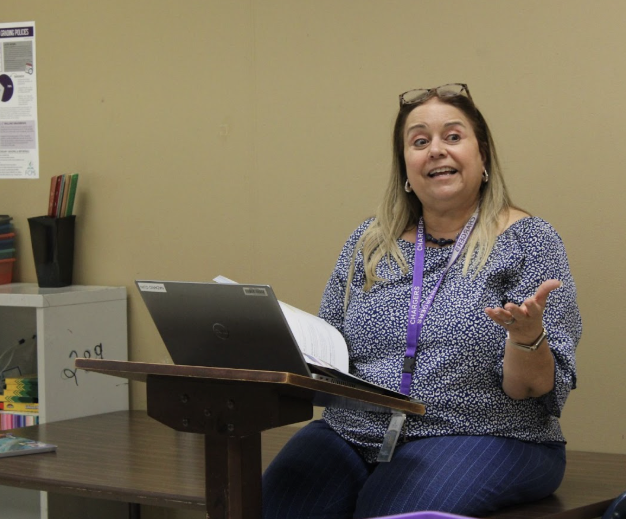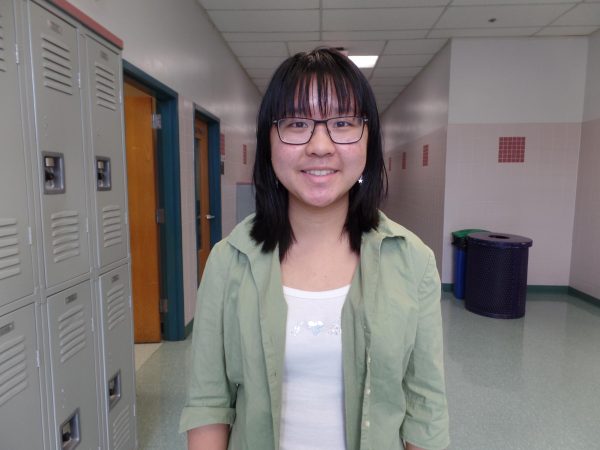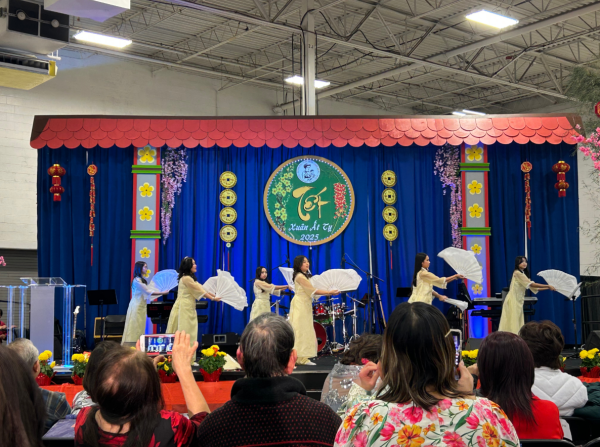
(Rachel Neathery)
Hanging paper lanterns, receiving lucky money and attending family gatherings are annual traditions widely celebrated in East Asia during Lunar New Year. Starting on Jan. 29, this celebrative period is promoting luck and prosperity.
Chinese Student Association (CSA)
Lunar New Year, also known as the Spring Festival, is one of the most significant holidays in Chinese culture, lasting 15 days. It is a time for family reunions and wishing for prosperity in the year ahead. Red paper and lanterns are hung symbolizing good luck, while the giving of red envelopes filled with hongbao, or money, fosters joy and fortune.
“Even though not everyone is completely close to their Chinese culture, having a taste of culture during the Lunar New Year is something that should be celebrated as very important,” junior Catherine Zheng said.
During the Lunar New Year, members of CSA say they watch traditional performances, such as lion dances and wushu, Chinese martial arts. Cultural Chinese foods such as dumplings, carp fish and nian gao (sticky rice cake), are eaten during the new year. Hot pot, an experience where people cook various ingredients in broth while eating, is also widely enjoyed during this time.
“This year for CSA, we plan to go to a festival around this time,” Zheng said. “It’s going to be held in D.C., and we’re going to get a lot more exposure to Chinese Culture and traditions there in Chinatown.”
Vietnamese Student Association (VSA)
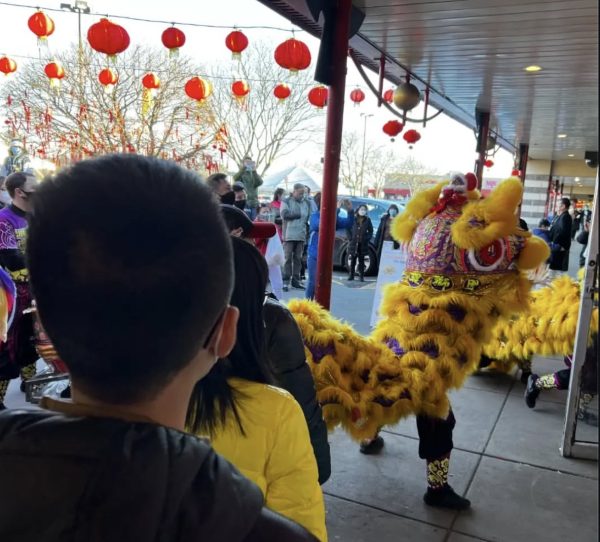
(Rachel Neathery)
As plum blossoms appear in a temple, in Vietnamese culture, Tết, short for Tết Nguyên Đán, marks the first day of spring in Vietnam, Jan. 29 for the week-long celebration in the new year. Festivities such as the La Vang Lunar New Year festival celebrate Vietnamese culture with traditional Vietnamese dances, singing performances, color marketplaces and Tết delicacies.
“We’ll probably make paper lanterns, fans and play a few games,” senior Jacqueline Hoang said. “We’re preparing a lot of fun traditional activities for the students to experience.”
During reunions, families gather to prepare special foods like bánh chưng (square rice cakes) and bánh tét (cylindrical rice cakes). VSA members highlight customs such as xông đất, or first-footing, where the first visitor to a household is believed to bring good fortune for the year. “My family is Buddhist; normally we put stuff on our altar and pray to Buddha, my Grandma and our ancestors,” Hoang said. “We usually offer food for them, and pray with incense.”
Korean Student Association (KSA)
Sellolal, or Korean Lunar New Year, is a widely celebrated holiday that commemorates the first day of the Korean Lunar Calendar. The holiday starts on Jan. 29, lasting three days, where those who celebrate perform ancestral rites known as Charye, wear traditional Korean attire called Hanbok, play traditional games like Yutnori and eat foods with family to welcome in the new year.
“When I was younger I’d dress up in Hanbok and would bow to my parents and family friends and they would give me pocket money,” junior Ye-Eun Park said. “Now that I’m older, I don’t really live near family friends anymore. I don’t really dress up in Hanbok either, but during Lunar New Year, I still get pocket money.”
During the Korean New Year, savory cultural foods are eaten at the dinner table. Park makes traditional food with her family such as Songpyeon (송편), rice cakes filled with honey and sesame seeds and Jeon (전), simple vegetable pancakes that are pan-fried.
“All of my family lives in Korea, besides my immediate family,” Park said. “I feel like while living here, it’s hard to connect back to that culture, but just for a little while, Korean New Year reminds me of the times I was living in Korea where I was actually celebrating with my whole family.”


